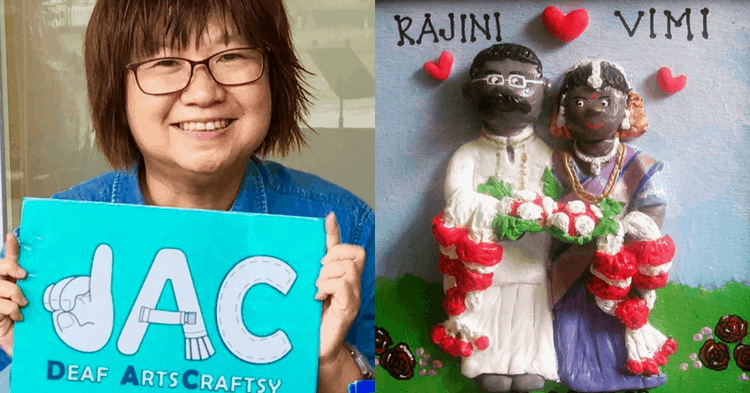Meet Mimi Ng – a female deaf social entrepreneur who runs Deaf ArtsCraftsy (DAC), an enterprise that aims to advocate for Deaf Artists and provide
sustainable income for its network of craftsmen. Passionate about arts and crafts, she aims to fulfill her mission through networking and at craft bazaars selling their handmade crafts. In addition, Mimi conducts craft workshops for the community to raise awareness of the Deaf and deafness.
I interview Mimi via email to find out what drives her passion as a deaf artist and find out more about her perspectives on the public mindset towards artisans with disabilities.
Trained in fine art, Mimi shares that art is her greatest passion as she has grown up creating art.
“As I love to create with my hands, I enjoy craft-making more, (although) I was trained in fine arts,” she says.
Pity: Short-lived And An Insult To Dignity
Recalling a past encounter where a colleague’s mother had purchased some wares from a social enterprise bakery “for support,” I ask Mimi what she thinks of the idea of purchasing from artisans with disabilities “for support.”
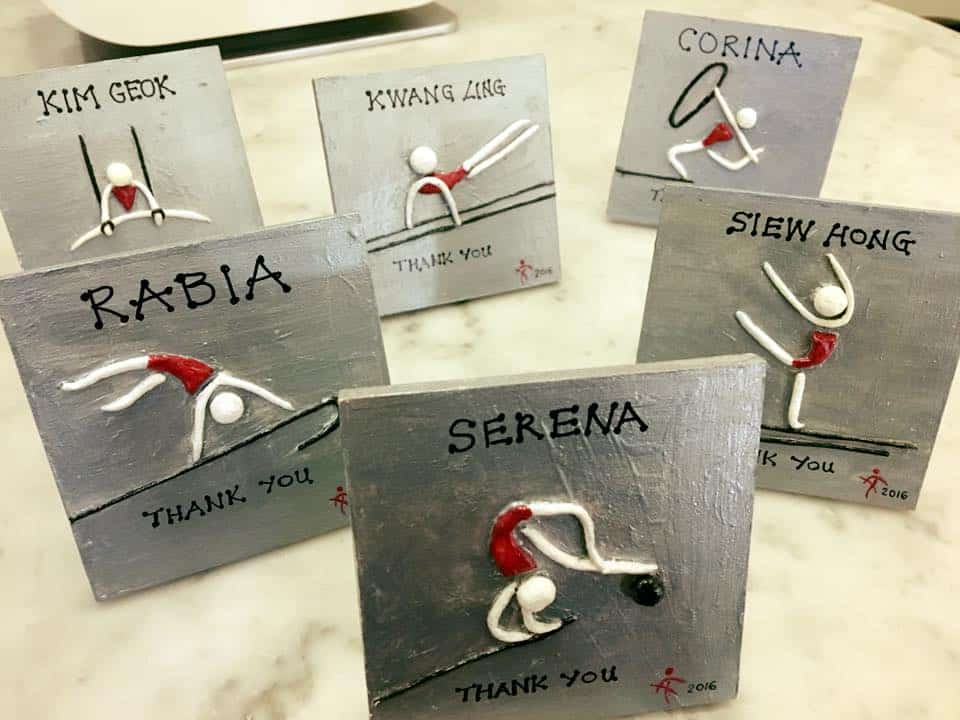
When I heard my colleague’s annecdote, I couldn’t help but wonder if “support” was not out of genuine appreciation, but tinged with some element of pity or sympathy – and thus, intended as some form of euphemism.
After all, if there was a genuine appreciation for the goods, this is not something we’d regularly say; we definitely don’t do that for regular commercial brands, I’m sure!
Mimi’s response to this is firm and resolute, as she explains that pity is “short-lived” and “an insult” to a person’s dignity.
“I don’t encourage this idea of buying the work of persons with disabilities out of pity. We deaf artists or craft artisans spend lot of time (and) money to hone our skills, like our hearing counterparts. It will be good if people buy to show their support for our art skills. It makes us feel (appreciated) and (we) know they celebrate our talents (and) skills,” she explains.
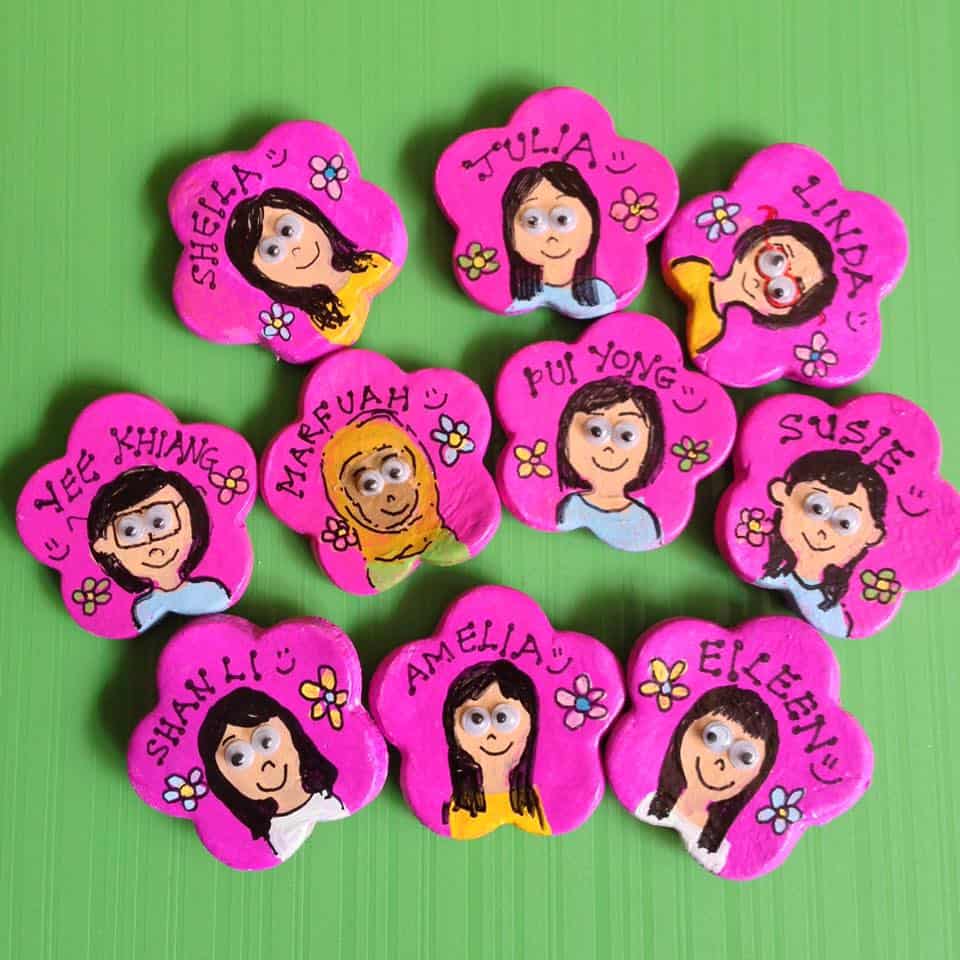
It bears repeating that artists should be given due respect for their work, regardless hearing or deaf. More so, it feels more impactful when this point is emphasized by a deaf person herself – it might have felt like token lip service otherwise.
Mimi also shares her rationale for setting up DAC, as well as her vision that DAC may help to create a more caring and inclusive society.
“I registered DAC as (a) social enterprise in my own means to get more awareness. I like RaiSE‘s vision for sustainable social enterprises for (a) caring and inclusive society in Singapore,” she explains.
Mimi also hopes that DAC can be an active part of a more caring and inclusive society in Singapore, although she is also aware it may not be easy.
Art Appreciation: To Each Their Own
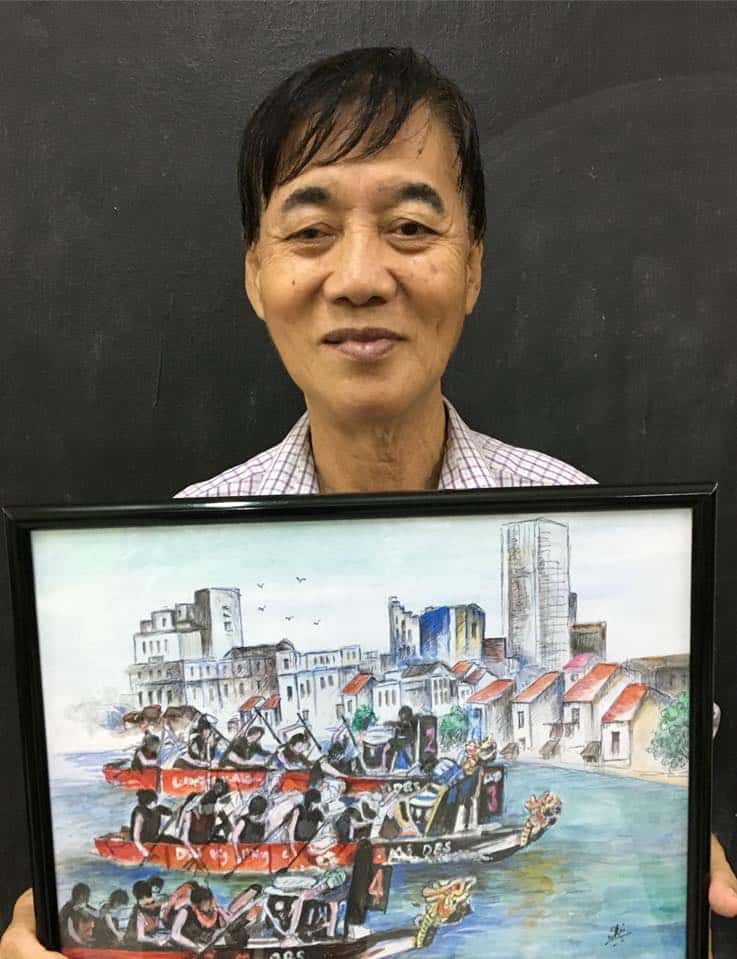
I decided to ask a question I’ve always been curious about, but never had the opportunity to ask. From the perspective of a deaf artist, would they think their works might be better received if the public did not know that the artist was deaf?
Perhaps it’s my cynicism, stemming from the anecdotal experience that people “support” those with disabilities due to pity. Nonetheless, I am thankful for the opportunity to ask this question, and that Mimi has graciously offered her take on it.
She cites an encounter where she happened to display a deaf artist’s postcard of Singapore’s scenery paintings in DAC.
“The man (customer) bought them at first without knowing they are painted by (a) deaf painter. He was impressed when I told him that it was done by a painter who is deaf,” she shares.
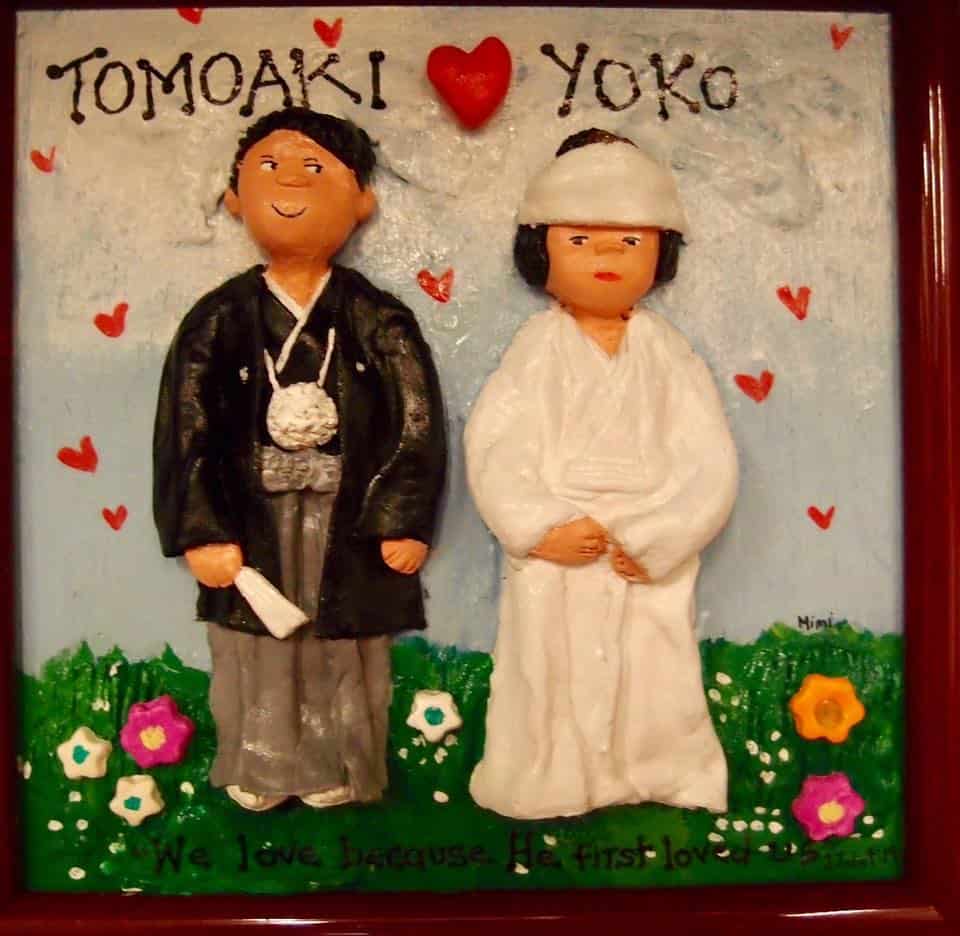
Even so, she remains unperturbed at knowing that not everyone will be appreciative of the work of DAC, yet harbours no bitterness about it. Conversely, she puts it down to having varying tastes and appreciation for art.
“Not everyone has (the) same appreciation for art. It is good enough when people buy our works regardless of (any) disability we have.”
On this note, Mimi shares about an event which stands out in her memory in the journey of running Deaf ArtsCraftsy – when she conducted a workshop for the public at a recycling-related event.
“I was touched that some participants said thank you to our deaf trainers who conduct(ed) the workshops. It meant they enjoyed it – (it was one) of (our) proud moments as DAC,” she explains.
Not Disadvantaged By Deafness

Having observed from her Facebook page that most events featured happen to be collaborations with volunteer welfare organizations or social enterprise events, I can’t help wondering whether Mimi feels disadvantaged at a typical craft market such as Public Garden.
Yet, in spite her hearing impairment, Mimi does not feel that way.
“Communication is not a problem as long as we have (means like) email, Whatsapp, and Facebook,” she explains.
To her, this is because the crux of the difficulties that a craft artist faces would include having to be creative and think of new ideas for various crafts. In addition, time management is an issue that she faces. These issues are challenges that a craft artist would face, regardless of hearing abilities or lack thereof.
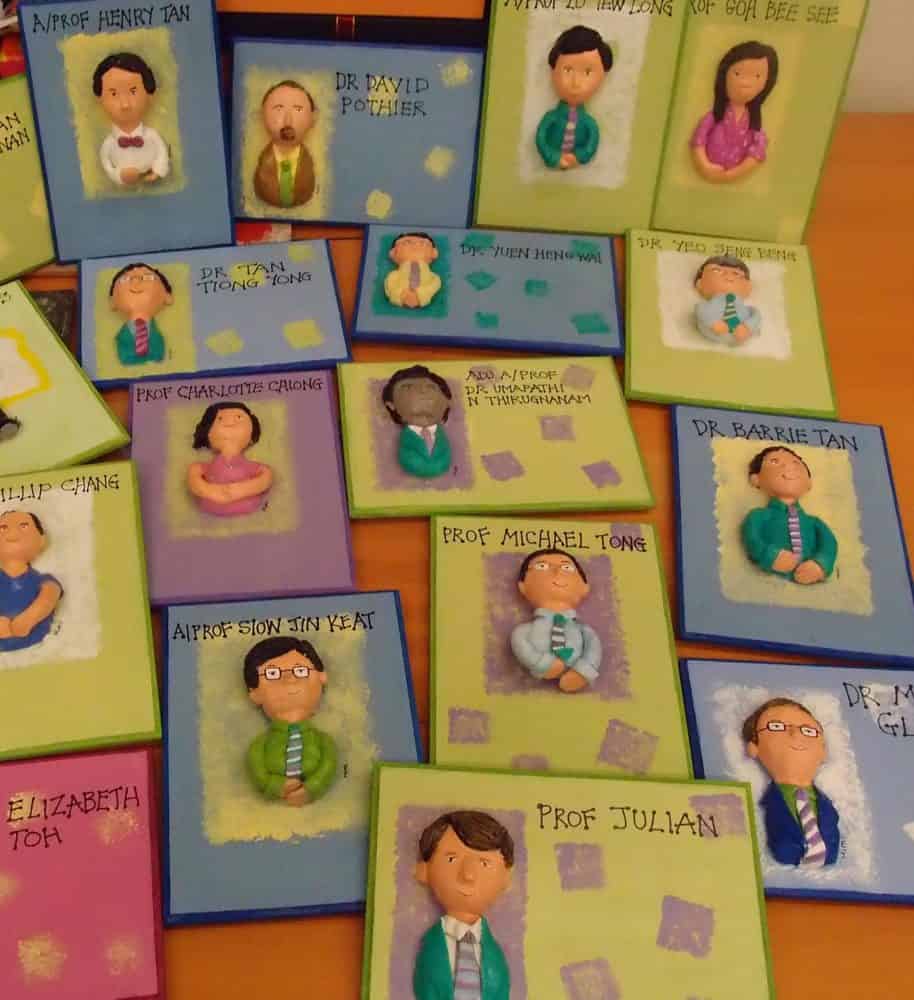
“Deafness doesn’t hinder us craft artists from doing what we strive for,” Mimi says.
While she has heard of the Public Garden market events, she has not set up a booth at the event before. This, however, stems from a lack of suitability of the timing and booth rental rates of the event.
“I used to sell in SIP‘s (Social Innovation Park) PathMarket (and) TGIF bazaars before. I took part in pop markets for many years before Deaf ArtsCraftsy was founded in 2014. I don’t feel disadvantaged (and) I will take part if (the) timing and rental of booth (for Public Garden) is right.”
Future Plans: Integration Of Deaf And Hearing Through Art
 What plans does Mimi have for DAC in the upcoming future?
What plans does Mimi have for DAC in the upcoming future?
Apart from hoping for more opportunities to hold craft booths or conduct workshops to teach at, Mimi’s dream is to set up a small art studio where both the deaf and the hearing can come together to learn and practice art and craft, through sign language.
By the time I have finished reading through Mimi’s responses via the email interview, I realise I am more thankful for this opportunity than I expected. After all, this is a treasured opportunity – to get the hard questions answered honestly, earnestly, and having common misconceptions corrected.
Feast your eyes on the adventures of Deaf ArtsCraftsy here.







